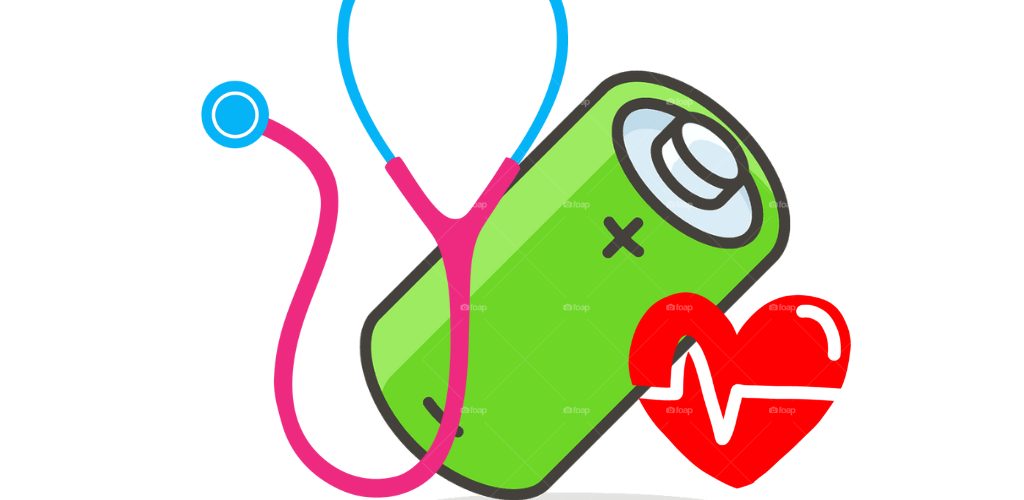How to improve life of Li-ion batteries
Ubiquitous Li-ion batteries find applications in automobiles, consumer electronics, appliances and medical equipment. They are currently in the spotlight due to the expected boom in the electric mobility space. On one hand, manufacturers look to increase cell capacity (measured in Ah), keeping the size as small as possible, and on the other hand, they look to increase the life of the batteries. While increasing the capacity is something that battery manufacturers and OEMs worry about, prolonging the life of the batteries is something that even end users worry about. EV OEMs give the end users the manuals and instructions to get most of the batteries. At the same time, end users are constantly in search of ways to prolong battery life.
Here are some ways in which we could increase the life of batteries. Note that not all of these methods are practically possible, especially when the application is electric mobility.
- Partial discharge cycles: This basically means we need to avoid using the battery from 100% charge to 0% charge. Rather, charge it to about 80%, use it till 20%, and then charge it again. This can significantly prolong cycle life. Five to ten shallow discharge cycles are about equivalent to one complete discharge cycle. Although millions of partial-discharge cycles are possible, keeping the battery fully charged reduces battery life. In the case of electric vehicles, we see that this is not ideal. An EV is usually purchased based on the range it can travel. Saying that we need to keep the battery charged to up to 80% means we lose some range, which is not practical.
- Avoid overcharging: NMC and NCA Li-ion cells charge to 4.20V/cell. A lithium-ion battery charged to 4.20V/cell, for example, generally lasts 300–500 cycles. The life may be extended to 600–1,000 cycles if charged to only 4.10V/cell; 4.0V/cell should offer 1,200–2,000 cycles, and 3.90V/cell should deliver 2,400–4,000 cycles. This tells us that charging your battery to 100% should be avoided. Practically, in the case of electric vehicles, this is not possible because charging to a lower voltage will reduce the range proportionately, and range is a key criterion in the purchase of an EV. But manufacturers of EVs provide owners’ manuals that suggest batteries should not be overcharged.
- Keep the temperatures under control: Limiting battery temperature extremes is important. As stated by a study, “Every manufacturer includes a warning about high temperatures, though different strategies are suggested, ranging from avoiding parking directly under the sun on hot days to plugging in the car anytime it is hot, thereby allowing the battery cooling system to run as needed”. Some of them even suggest temperatures to avoid, keeping it between (60 to -30) degree Celsius. This is where a good battery management system comes in handy. BMSs have the ability to monitor and switch off charging if the temperature increases beyond the threshold limit.
- Deep discharges should be avoided (below 2 V or 2.5 V): A Li-ion battery will be irreversibly damaged by very deep discharges. Internal metal plating can cause a short circuit, rendering the battery useless and even dangerous. A BMS does ensure that the system is turned off before the battery is damaged but if the battery is then kept idle without charging it will be permanently damaged. “Some manufacturers are very specific, instructing owners not to leave the vehicle parked for more than 2 weeks with a low battery” , says a journal on science direct.
Battery life improvement is commonly sought out in the automotive industry today. Most of the above mentioned points are not applicable to this industry. But, the difference could be made with the help of an intelligent battery management system (BMS). A BMS can help you monitor your battery and trigger warnings so that the end user prolongs the life of the battery. At the same time, a BMS can help you precisely pinpoint the issues as well as identify the optimum solution for battery life improvement.
Thumbnail image credit: google.com and pinclipart.com

